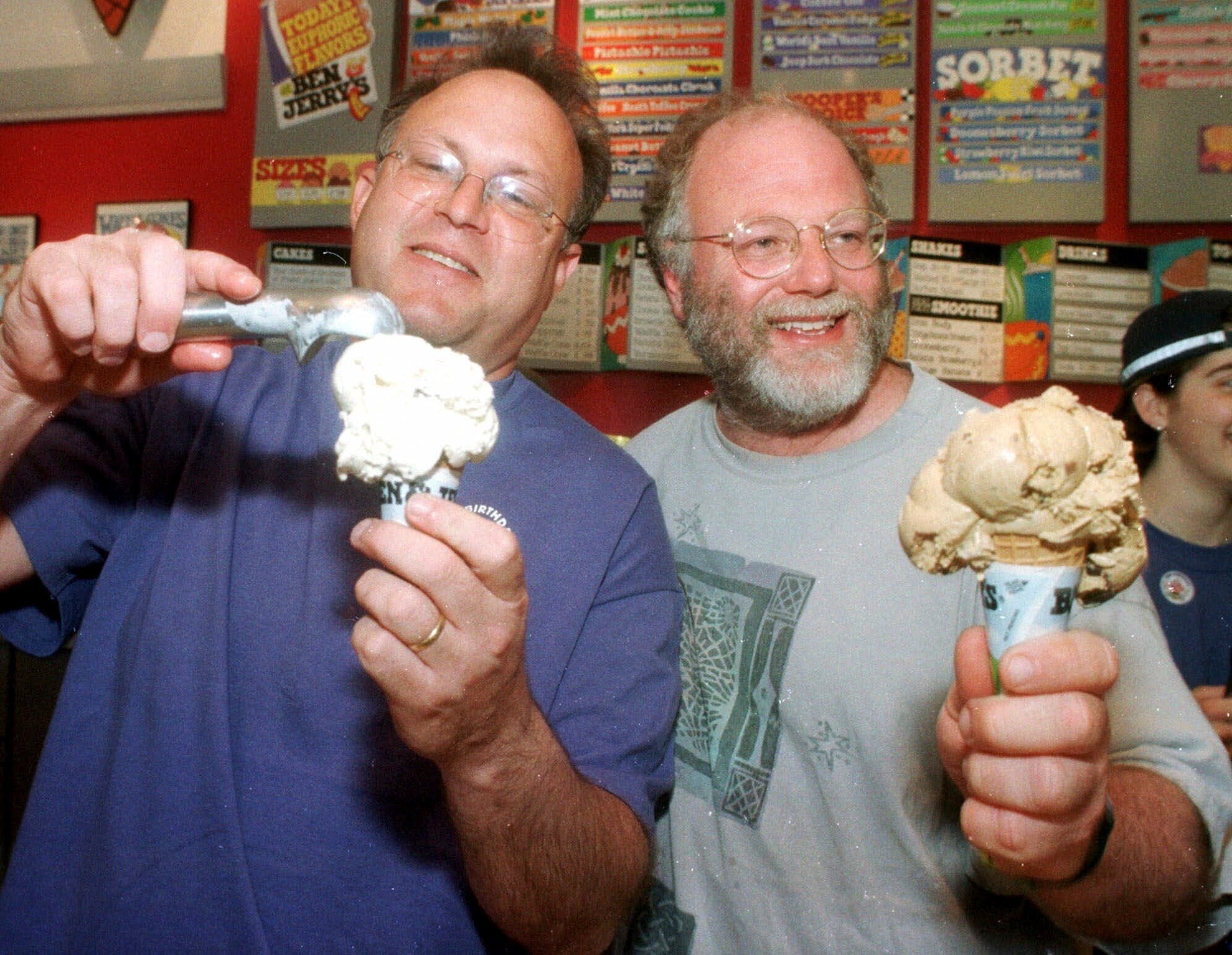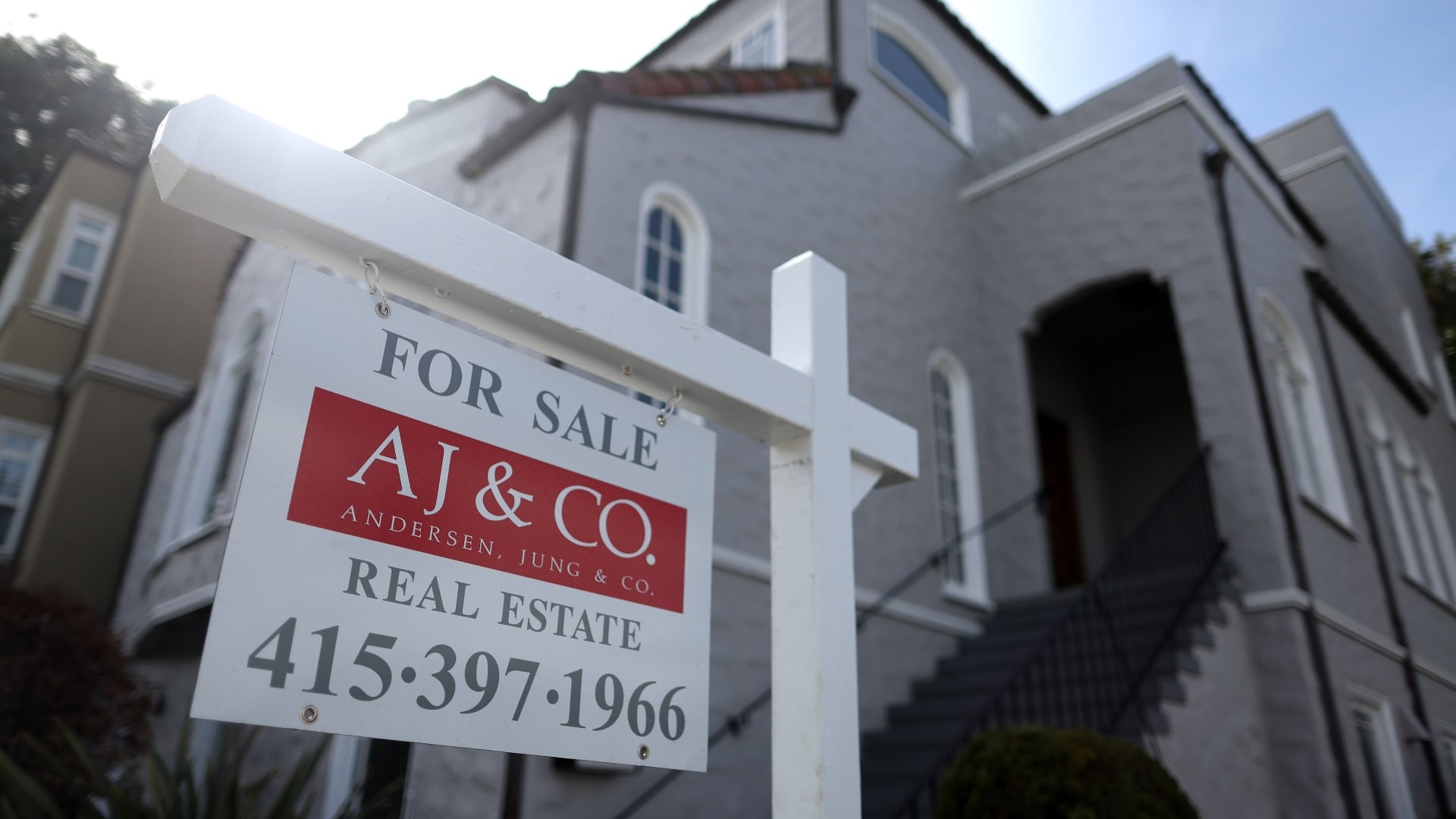By Christopher Rugaber
More than 2.4 million people applied for U.S. unemployment benefits last week in the latest wave of layoffs from the viral outbreak that triggered widespread business shutdowns two months ago and sent the economy into a deep recession.
Roughly 38.6 million people have now filed for jobless aid since the coronavirus forced millions of businesses to close their doors and shrink their workforces, the Labor Department said Thursday.
An additional 2.2 million people sought aid under a new federal program for self-employed, contractor and gig workers, who are now eligible for jobless aid for the first time. These figures aren’t adjusted for seasonal variations, so the government doesn’t include them in the overall number of applications
The continuing stream of heavy job cuts reflects an economy that is sinking into the worst recession since the Great Depression. The nonpartisan Congressional Budget Office estimated this week that the economy is shrinking at a 38 percent annual rate in the April-June quarter. That would be by far the worst quarterly contraction on record.
Nearly half of Americans say that either their incomes have declined or they live with another adult who has lost pay through a job loss or reduced hours, the Census Bureau said in survey data released Wednesday. More than one-fifth of Americans said they had little or no confidence in their ability to pay the next month’s rent or mortgage on time, the survey found.
During April, U.S. employers shed 20 million jobs, eliminating a decade’s worth of job growth in a single month. The unemployment rate reached 14.7 percent, the highest since the Depression. Millions of other people who were out of work weren’t counted as unemployed because they didn’t look for a new job.
Since then, 10 million more laid-off workers have applied for jobless benefits. Federal Reserve Chair Jerome Powell said in an interview Sunday that the unemployment rate could peak in May or June at 20 to 25 percent.
Across industries, major employers continue to announce job cuts. Uber said this week that it will lay off 3,000 employees, on top of 3,700 it has already cut, because demand for its ride-hailing services has plummeted. Vice, a TV and digital news organization tailored for younger people, announced 155 layoffs globally last week.
Digital publishers Quartz and BuzzFeed, magazine giant Conde Nast and the company that owns the business-focused The Economist magazine also announced job cuts last week.













